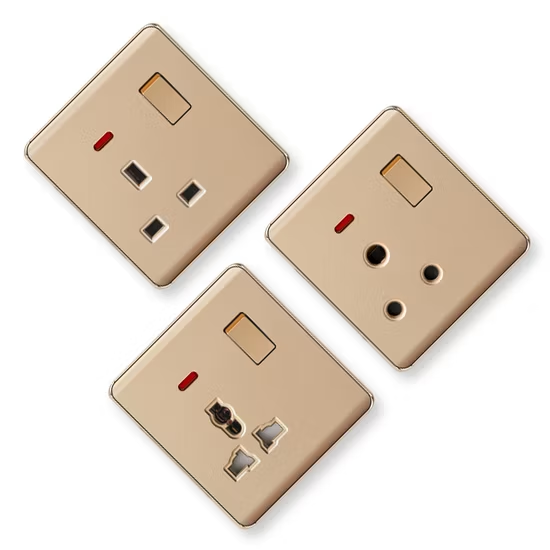Switches are essential components in the world of electronics, playing a crucial role in controlling the flow of electrical current within a circuit. They are devices that open or close circuits to either allow or interrupt the passage of electricity. Despite their simple lülitid operation, switches are integral to a wide range of devices, from household appliances to industrial machinery. Their primary function, turning electrical systems on or off, is fundamental to the operation of countless technologies.

The design and operation of switches can vary greatly depending on their application. For example, mechanical switches rely on a physical movement, such as a button being pressed or a toggle being flipped, to change the state of the circuit. Membrane switches, on the other hand, use conductive layers to detect pressure, while capacitive switches are touch-sensitive and respond to the presence of a finger. Each type of switch offers unique advantages, such as increased durability or the ability to control devices remotely. This versatility has made switches indispensable in everything from the simplest household devices to the most advanced industrial equipment.
The way switches work is straightforward, but their importance cannot be overstated. A switch essentially acts as a gatekeeper in an electrical circuit. When a switch is in the “on” position, it completes the circuit, allowing electricity to flow and power the connected device. Conversely, when the switch is “off,” it opens the circuit, halting the flow of electricity and effectively turning off the device. This simple action makes switches a primary mechanism for controlling power, enabling users to manage their electrical devices with ease.
In everyday life, switches are used in an overwhelming array of devices. From lighting systems in homes to the complex machinery in factories, switches provide the means to operate or stop devices as needed. The ubiquity of switches in daily life highlights their importance, yet many people take their functionality for granted. Whether it’s a light turning on with a flip of a switch or a computer starting up with the press of a button, switches ensure that the devices we rely on function correctly and safely.
Safety is another critical aspect of switches. In many electrical systems, switches help protect against overloads or short circuits. Devices like circuit breakers are a type of switch that automatically detect faults in an electrical system and cut off the power to prevent damage or fire hazards. Similarly, emergency stop switches are used in industrial settings to halt operations instantly if a dangerous situation arises, showcasing how switches can safeguard both people and equipment.
The development of switch technology has evolved over time, driven by advances in electronics and materials science. While traditional mechanical switches remain widely used, newer technologies have led to the creation of touch-sensitive and wireless switches. These modern switches can be integrated with home automation systems, allowing users to control devices remotely with the touch of a screen or voice command. This progression highlights the role of switches in not just controlling power but in enhancing user experiences and functionality in the digital age.
In conclusion, switches may seem like simple tools, but their impact on both technology and daily life is profound. They serve as the gatekeepers of electricity, enabling devices to be powered on and off with ease and safety. As technology continues to advance, the design and application of switches will likely continue to evolve, offering more sophisticated and efficient ways to control the electronic systems we rely on.
